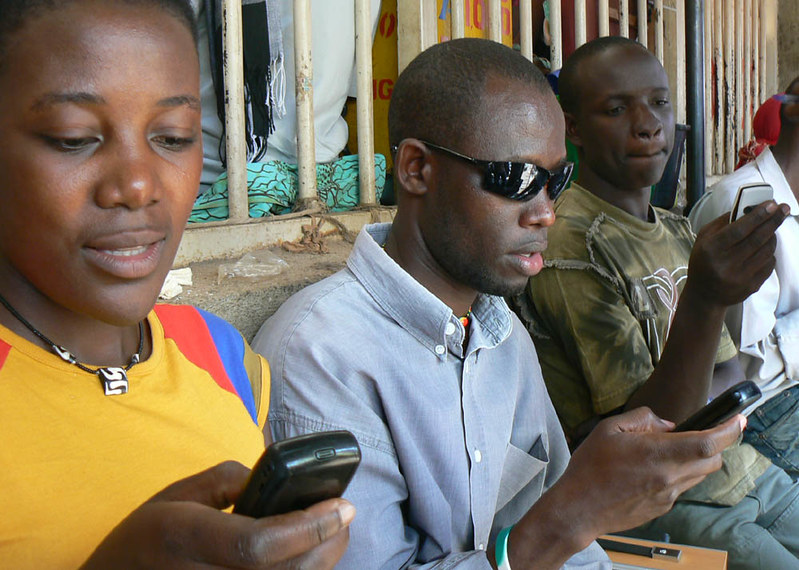March 15, 2013
To: House Foreign Affairs Committee, Subcommittee on Asia and the Pacific
From: Justin Sandefur, Research Fellow, Center for Global Development
RE: Joint hearing titled "After the Withdrawal: The Way Forward in Afghanistan and Pakistan" on March 19, 2013
US Development Assistance to Afghanistan Post-2014 Withdrawal
Afghanistan is the United States’ largest development aid program, peaking at $4 billion in 2010, in an economy with a GDP or roughly $16 billion, making it one of the most aid-dependent economies in the world. As US forces withdraw from Afghanistan, continued development assistance is required to maintain a functional Afghan state. But the total quantities will likely decline, and the objectives and modalities of this aid should change dramatically from the way aid has been spent during most of the war. The United States should pursue:
- Afghan country ownership: Post-2014 will likely see some shift in resources away from US implementation to Afghan programs
- Development rather than stabilization: There is a tension between aid as part of a COIN strategy, and aid to sustain a functional state. Post-2014 should see a rebalancing from the former to the latter.
- Focus on results, not just audits. If designed well, US assistance can increase its effectiveness while reducing the US footprint in Afghanistan, by holding the Afghan government accountable for measurable development outcomes.
- There is very little evidence that development aid can achieve stabilization or a reduction in violence.
While there is considerable evidence that certain aid projects – in both Afghanistan and Pakistan – have contributed to “winning hearts and minds” [1], these effects are small, and have not translated into a reduction in violence. Further, there is no empirical basis to suppose that aid will pacify Afghanistan. The graph below shows the increase in International Security Assistance Force (ISAF) troop deaths from 2007 to 2011 by province compared to the increase in aid projects reported by Afghan survey respondents. As seen, there is little basis to claim any stabilization effect of aid in Afghanistan.

- The 2014 transition can and should involve channeling more aid through Afghan government institutions
Given the weak track record of development aid in reducing violent attacks, future spending should shift focus away from the most violent-prone areas, to building core state services across Afghanistan. This implies shifting money geographically, and turning over more responsibility for project implementation to the Afghan government.
There is no question that any functional Afghan state will require, in 2014 and beyond, considerable financial support from the United States. For this reasons, USAID has committed to putting 50% of its aid “on budget”, i.e., to fund Afghan government programs.
“On budget” aid implies a shift from short-term stabilization to long-term sustainable development. The maps below show that direct US assistance (blue) tends to go to places where violence occurs – disproportionately the South and East. Whereas government programs (such as the flagship National Solidarity Program), are concentrated in poorer places, where the government is able to operate safely and development assistance will have a greater impact.

- Current aid commitments made in Tokyo are sufficient to meet Afghanistan’s fiscal needs if the US keeps those promises, and if we channel money through Afghan government programs.
At a donor conference in July 2012 in Tokyo, the international community – including the United States -- pledged a total of $16 billion in aid to Afghanistan over the next 5 year. These commitments made in Tokyo are sufficient to meet Afghanistan’s fiscal needs, so long as these funds are delivered “on-budget”, i.e., to pay for core government programs, rather than extraneous stabilization programs.
The graph below shows three main revenue flows for development spending in Afghanistan: 1) domestic revenue through taxes and tariffs, 2) “on budget” aid to the Afghan government, and 3) “off budget” aid spent directly by donors through contractors or NGOs.[2] The numbers up to 2011 are actual figures, and they show both steady growth in domestic revenue collection, but also the enormous influx of aid immediately following President Obama’s 2009 civilian “surge”. [3]

- The USG should consider experimenting with new aid modalities for direct assistance to the Afghan government to increase accountability for results.
Through the work of SIGAR, the US government does an exceptionally good job of tracking where its aid dollars go. Relative to other aid donors, however, the USG does a poor job at measuring the outcomes and impacts of its aid work. This should change.
Putting aid “on budget” does not mean writing a blank check to the Karzai government, but can – ideally -- include various modalities, with effective safeguards, to build a stable Afghan state. [4] These strategies include: (1) placing a greater share of resources in multi-donor trust funds such as the Afghan Reconstruction Trust Fund, under the supervision of the World Bank, an institution with long experience in overseeing on-budget aid programs in fragile states; (2) results-based aid, in which the US disburses money only upon the achievement of measureable development progress.[5] This approach increases incentives to achieve results, and reduces risk to US taxpayers.
[1] For a brief summary of evidence, see Sandefur, “Aid, WHAM, and Afghanistan” http://blogs.cgdev.org/mca-monitor/2011/11/aid-wham-and-afghanistan.php
[2] The focus here is exclusively on meeting Afghanistan’s non-defense related budgetary shortfall. The figures in the graph exclude security-related aid to maintain the Afghan National Army and Police.
[3] For further details, see Cutherell and Sandefur, “$16 Billion for Afghanistan: Why Less Money Might Be a Good Thing” http://blogs.cgdev.org/mca-monitor/2012/07/16-billion-for-afghanistan-why-less-money-might-be-a-good-thing.php
[4] Sandefur, “In Defense of Aid to the Afghan Government” http://blogs.cgdev.org/mca-monitor/2013/02/in-defense-of-aid-to-the-afghan-government.php
[5] For further details on results-based financing or “Cash on Delivery Aid”, see /section/initiatives/_active/codaid
Rights & Permissions
You may use and disseminate CGD’s publications under these conditions.





